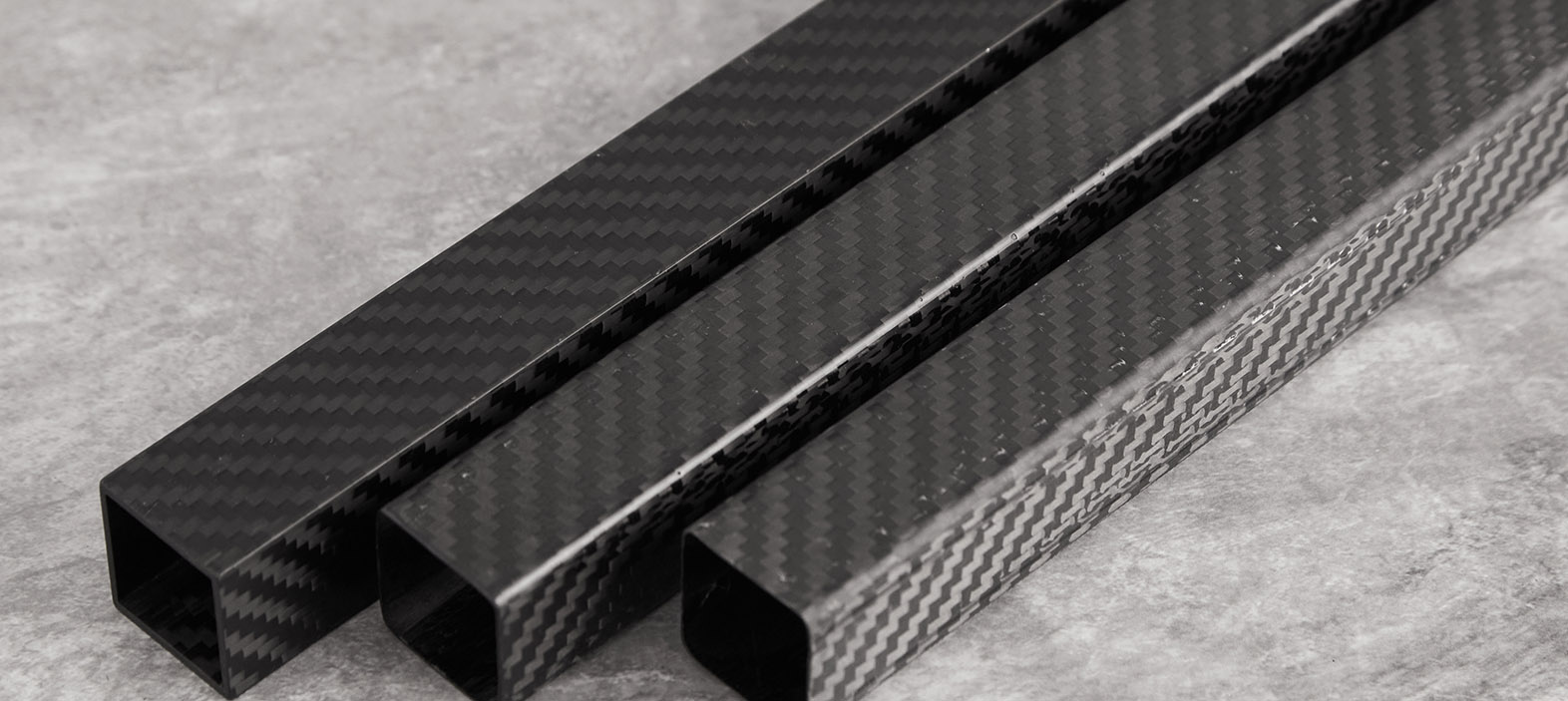
Best Practices for Cleaning and Maintaining Carbon Fiber Products
👁 Reads: 548
Carbon fiber composites are lightweight, high-strength, durable, and aesthetically pleasing materials widely used in all kinds of industries. making the best use in automotive, aerospace, sports, structural strengthening and consumer electronics. While carbon fiber is known for its strength and sleek appearance, proper care and maintenance are essential to preserve its integrity and shine over time. This guide will walk you through the best practices for cleaning, maintaining, and protecting carbon fiber products.
Why Carbon Fiber Care Matters
Carbon fiber despite its characteristic durability, is vulnerable to scratches, fading due to UV exposure, and degradation from harsh environmental elements. Care means maintenance, which ensures longevity and optimal use. The best practices for cleaning and maintenance depend on the carbon fiber product. What will be best for carbon fiber sheets used in a bicycle is different from the same sheet used in aerospace. The same is the case with carbon fiber rods used in sporting versus the rods used in structural strengthening. Basically, care has to be customized according to the product’s use.
Proper maintenance ensures:
- Longevity – Preventing premature wear and tear.
- Aesthetic Appeal – Keeping the glossy, high-end look intact.
- Performance Retention – Avoiding structural weakening over time.
Whether it's a carbon fiber hood on a sports car, a bicycle frame, or a luxury watch, consistent care enhances durability and preserves value.
1. Proper Cleaning Methods for Carbon Fiber
Cleaning carbon fiber requires a delicate approach to prevent scratching or dulling the finish. Follow these steps:
A. Gather the Right Cleaning Supplies
- Microfiber towels – Soft and non-abrasive to avoid scratches.
- pH-balanced car shampoo or mild soap – Harsh chemicals can degrade protective coatings.
- Soft-bristle brush – For textured carbon fiber surfaces.
- Filtered water – Avoid hard water stains.
- Detailing spray or quick detailer – Adds an extra layer of shine.
B. Step-by-Step Cleaning Process
- Rinse Thoroughly – Use clean, lukewarm water to remove dust and debris before wiping.
- Use a Gentle Soap – Mix mild soap with water and apply using a microfiber cloth. Avoid excessive pressure.
- Wipe in Straight Lines – Circular motions can create swirl marks.
- Rinse Again – Ensure all soap residue is washed off.
- Dry with a Microfiber Towel – Air drying can cause water spots.
Example: A carbon fiber bicycle frame should be wiped down after every ride to remove dirt and sweat buildup, preventing long-term damage.
2. Protective Coatings for Carbon Fiber
Carbon fiber products benefit from protective coatings that shield against UV rays, scratches, and environmental damage.
A. Clear Coats and UV Protection
- Factory Clear Coats – Most high-end carbon fiber products come with a protective clear coat. Regular maintenance prevents it from fading.
- UV-Resistant Sealants – Carbon fiber exposed to the sun, such as car hoods or bike frames, should be treated with a UV protectant to prevent yellowing and oxidation.
B. Hydrophobic and Ceramic Coatings
- Hydrophobic Coatings – Repel water and dirt, making cleaning easier. Ideal for carbon fiber car parts.
- Ceramic Coatings – Provide a strong, long-lasting layer of protection against contaminants, scratches, and fading.
Example: High-performance sports cars like the McLaren 720S, often use ceramic coatings on exposed carbon fiber panels to maintain their showroom shine and protect against environmental damage.
3. Maintenance Tips for Long-Lasting Carbon Fiber
Regular maintenance ensures your carbon fiber product stays in pristine condition for years.
A. Scratch Prevention
- Avoid Abrasive Materials – Never use rough sponges or dirty towels that can create micro-scratches.
- Use a Soft Car Cover – If storing a vehicle with carbon fiber parts, use a non-abrasive cover to prevent dust buildup and scratches.
- Be Cautious with Jewelry – Watches, rings, and zippers can scratch carbon fiber surfaces when in contact.
B. Polishing and Restoring Shine
- Use Carbon Fiber-Safe Polish – Specialized polishes help restore the gloss without damaging the clear coat.
- Hand Buffing vs. Machine Buffing – Hand buffing is safer, but a dual-action polisher with a fine pad can enhance the shine on large surfaces.
C. Storage Considerations
- Keep Indoors When Possible – Avoid prolonged exposure to direct sunlight.
- Controlled Temperature and Humidity – Extreme temperature changes can weaken certain carbon fiber composites.
Final Thoughts: Preserving Carbon Fiber’s Beauty and Strength
Caring for carbon fiber doesn’t have to be complicated. With the right cleaning techniques, protective coatings, and routine maintenance, you can keep your carbon fiber products looking as good as new.
Key Takeaway:
- Clean with microfiber towels and mild soap.
- Apply UV-resistant coatings to prevent fading.
- Use hydrophobic or ceramic coatings for extra protection.
- Avoid abrasives and harsh chemicals.
- Store properly to maintain longevity.
By following these best practices, you’ll not only extend the life of your carbon fiber products but also maintain their sleek, high-performance aesthetic for years to come. In case of professional cleaning, it’s always recommended to follow the advice of manufacturers for customized and best care for carbon fiber products.





